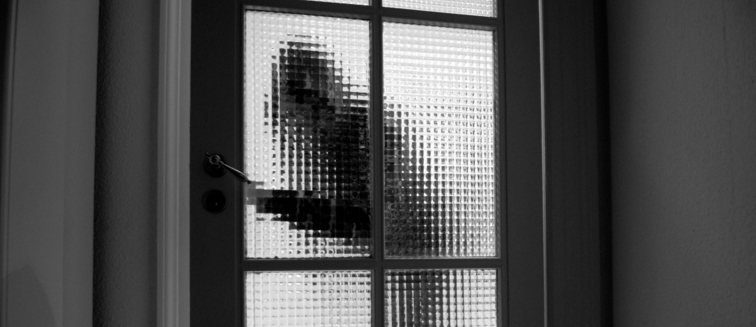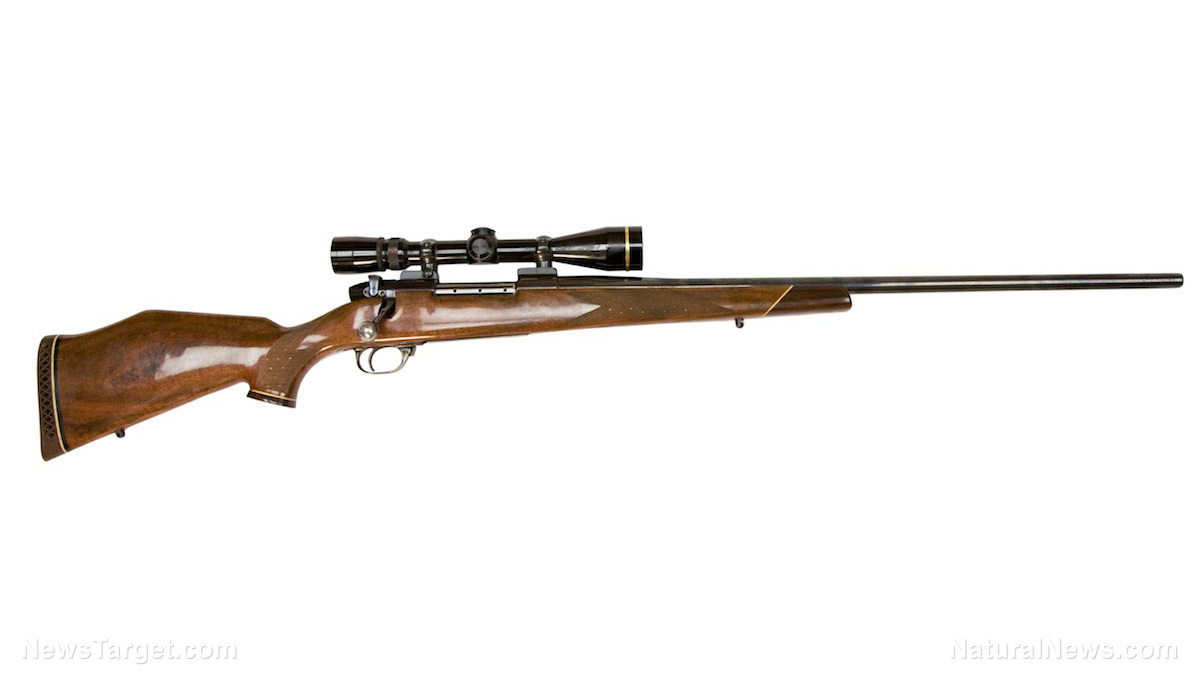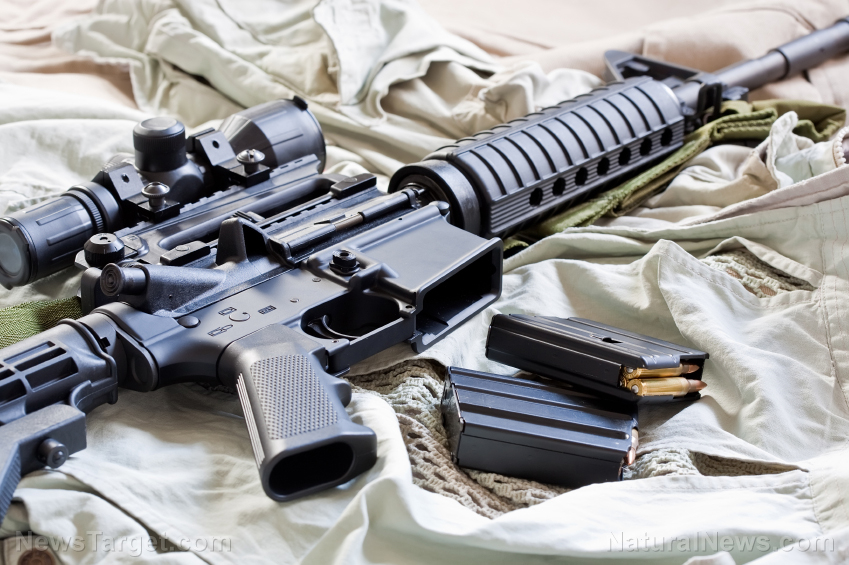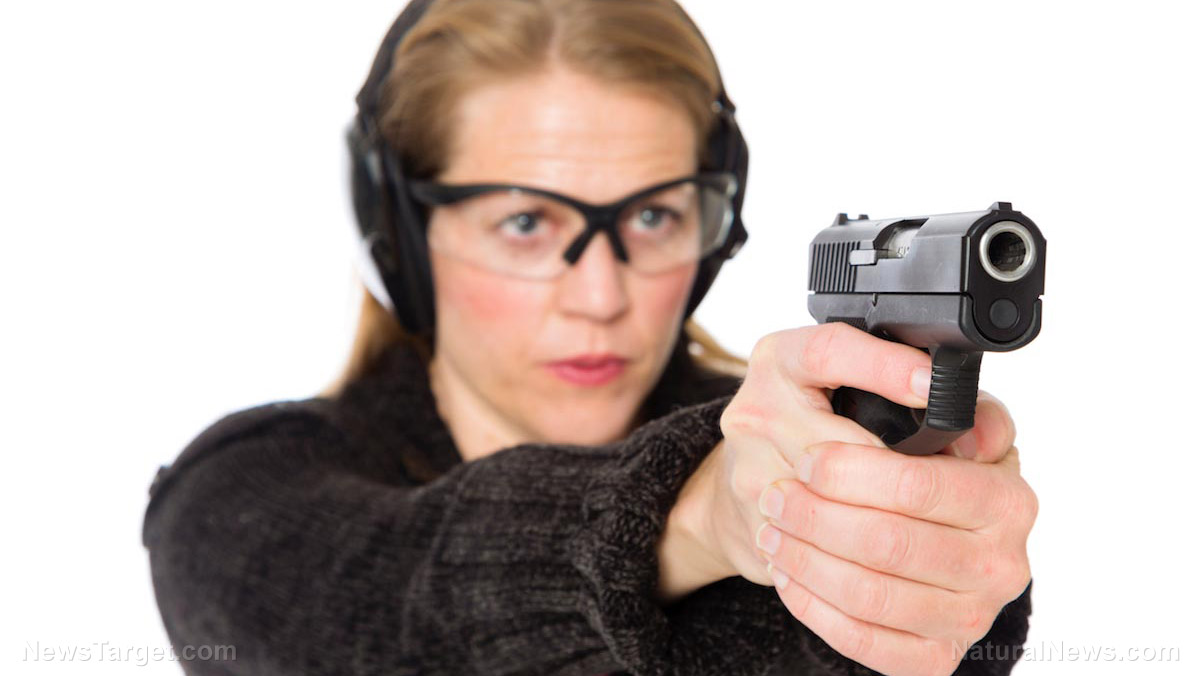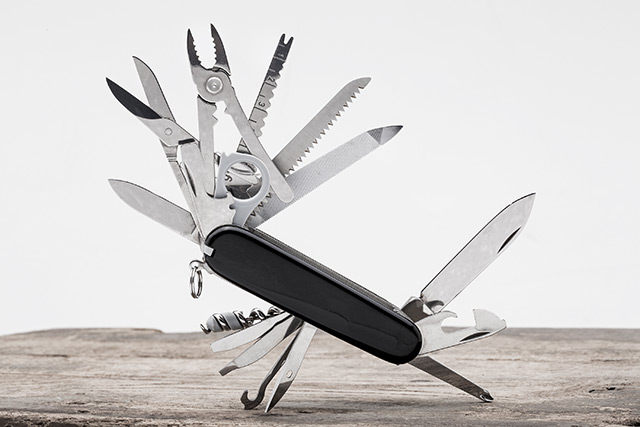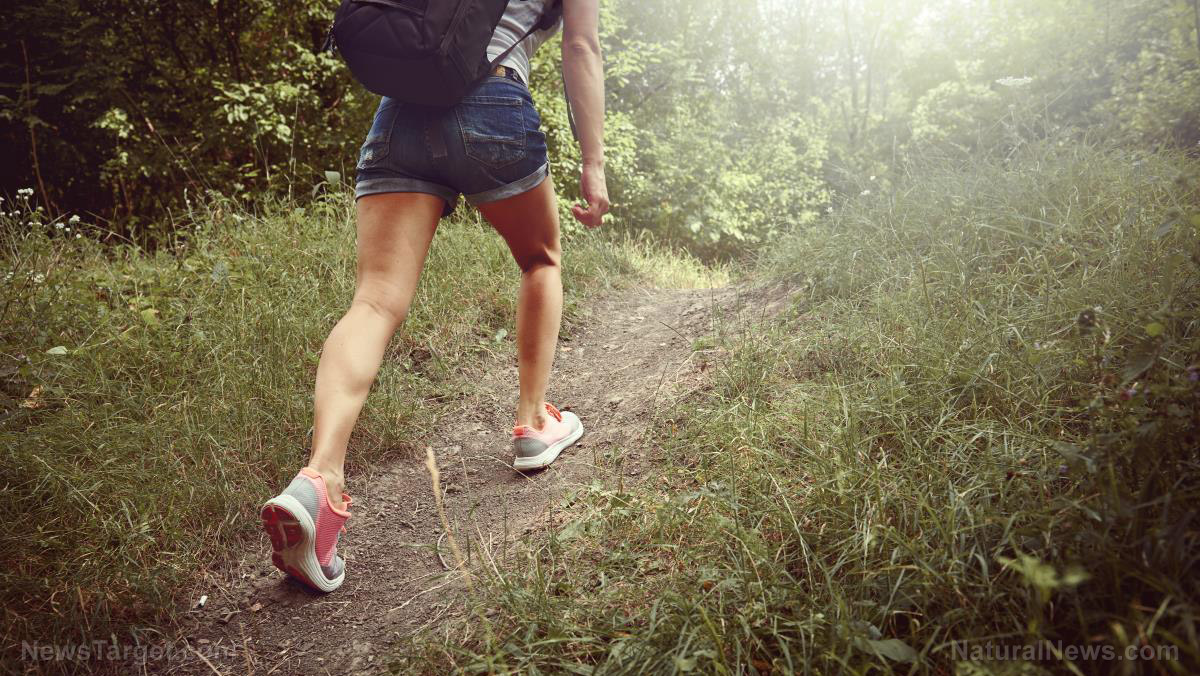How to train yourself to be more situationally aware of your surroundings
10/02/2018 / By Carol Anderson

The world is becoming crazier and scarier by the minute, what with all the news of shootings, bombings, and accidents reported on television. It’s highly important to become more vigilant and always prepare for worst-case scenarios. In times like this, nothing is more fitting than learning the art of situational awareness.
In essence, situational awareness is simply being mindful, understanding and observant of your immediate environment. In terms of its technical definition, it is described as “the perception of the elements in the environment within a volume of time and space, comprehension of their meaning and the projection of their status in the near future.”
Training yourself to be situationally aware
In the beginning, situational awareness was a term used by pilots, but in recent years, more professions have adopted it. Professional crime fighters and military men are trained to have such skills. Today, it is also recommended for civilians to learn it to get a better chance at survival. (Read: Self defense is a ‘Divine Right’ says Mike Adams in new video documentary.)
Jesse Mathewson, an expert in survivalism, shares the following tips on how to train yourself to be more situationally aware:
Color code – There are many different types of color coding created for situational awareness, but by far, these are the easiest and most convenient ones to remember:
- Yellow: Relaxed but aware of what is around you including items of interest.
- Red: Aware of and focusing on the threat or threats.
- Black: Acting with the intent to stop a threat as needed based on knowledge of human action and the surrounding.
These are vital codes in maintaining awareness and keeping yourself on track on the next course of action to take, depending on the situation.
Un-focusing – Look out into the horizon and consciously make an effort to see all the objects in your surrounding without specifically focusing on any of them. By doing this, you’re allowing yourself to be more conscious of the smallest movement or change in your line of sight. This will cause you to instantly shift and focus on anything that appears to be out of the ordinary. It’s also important to note that there are different types of threat; it may come as a shooting, an out-of-control vehicle, a falling building, a rock, or even an animal.
360-degree bubble – Practice using your 360-degree bubble instead of just your 180-degree visual awareness. This simply means that what is above or below you is as potentially dangerous as what is in front, on either one of your side, or behind you. Never leave a hole in your defense by being more mindful of everything in your surrounding.
Take note of the things around you – In any compromising or dangerous situation, you can always find random things that can help you. For example, the glass-walled building across the street can serve as a mirror or the rows of concrete plant boxes to your right can serve as a cover.
Think about your location – While it’s a bit of a drag to always think of potential danger wherever you go, it’s really important to note which places you will most likely encounter threats. Remember that while predators enjoy the hunt, they also like easy capture/kill. Crowded places like the mall or schools are more often the targets.
Be more vigilant when you feel like relaxing – Always stay within code Yellow even if you’re near home or at a place where you feel relaxed. Anything could happen at any given time so it’s best to always stay alert and never let your guard down.
Other simple tips that can improve your situational awareness include:
- Avoiding complacency
- Being aware of time
- Trusting your instincts
- Actively preventing fatigue
- Continually assessing the situation
Always be prepared for whatever life may throw at you by visiting Survival.news today.
Sources include:
Tagged Under: color codes, danger, mindfulness, perception, preparedness, prepper, prepping, self-help, self-training, situational awareness, survival, survival skills, survivalist, threats, vigilance

